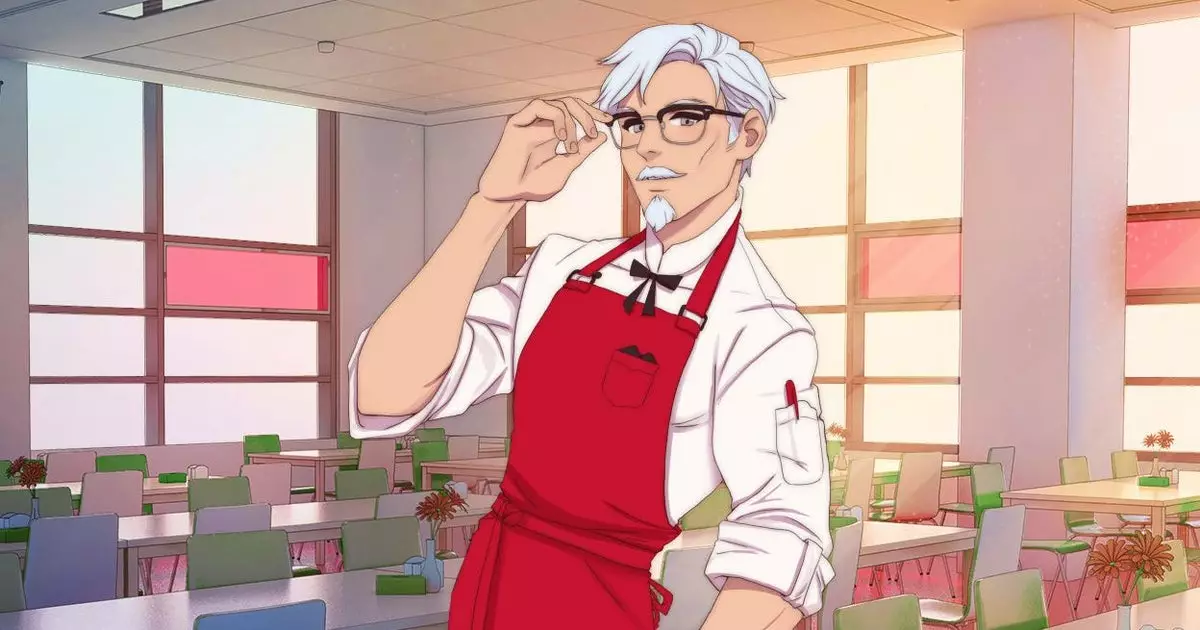The world of video games is a vibrant tapestry woven out of creativity, nostalgia, and occasionally, absurdity. Katsuhiro Harada, the longstanding chief behind the beloved Tekken series, epitomizes this creativity. His approach to game design often involves pushing the boundaries of what is considered acceptable within the realm. A memorable instance of this push came during his discussions with KFC regarding the inclusion of Colonel Sanders as a playable character in Tekken. Such intriguing collaborations illustrate how the gaming industry often intersects with popular culture and corporate branding, leading to a unique blend of entertainment that can be both entertaining and perplexing.
Although negotiations with KFC did not yield the desired outcome, the concept alone ignites a conversation about how corporate mascots could serve as characters in fighting games. This concept reveals the interesting dynamics of licensing and creativity in video games, often bogged down by corporate restrictions. While the Colonel ultimately did not make it into the lineup, the dialogue opened the door for speculation about other potential brand characters that might find a home in a complex fighting game universe.
Cultural Icons and Their Potential Fit in Tekken
Imagining corporate mascots or cultural icons within the Tekken universe lends itself to a whimsical yet thought-provoking analysis. For instance, the energetic mascot of the Philadelphia Flyers, adorned in a vibrant orange jumpsuit, exemplifies the kind of exaggerated physicality and spirit that resonates well within the realm of Tekken. His agility and robust persona could undoubtedly fit the roster, bringing a dynamic flair to matches. The idea of introducing characters based on sports mascots challenges the traditional conventions of character design in fighting games, urging developers to think outside the box.
Parallels can also be drawn with characters that have undergone significant redesigns over the years. Consider the contemporary iteration of a classic cleaning product mascot, Mr. Muscle. The transition from a homely figure to a modern superhero-like character reflects the ever-changing landscape of brand identity, and this change can translate beautifully into a fighting game. The ability for characters to express eccentric behaviors while maintaining combat effectiveness is a hallmark of the Tekken series, and Mr. Muscle, with his jingle and entertaining visuals, would seamlessly integrate into this vibrant universe.
Throwing a humorous twist into the gameplay can elevate a fighting game to new heights. Imagine a character who bounces around the screen like a whimsical figure, all the while belting out catchy jingles that earn the game additional revenue through advertising. This slightly zany characteristic could offer a comedic reprieve between bouts of intense fighting, ensuring players remain engaged and entertained. Such character design draws players into a world where laughter complements the combat, fostering a unique experience that cannot be found in typical fighting games.
Moreover, visual absurdities and oddly matched character traits can lead to entertaining combinations. For example, what if a playful puppy were to join the ranks? Characters like the Andrex Puppy could undergo whimsical redesigns, combining their soft, approachable aesthetics with ferociously entertaining attack styles. The dichotomy of a cuddly creature engaged in brutal combat lays the foundation for humor while also challenging the players to rethink their assumptions about the genre’s norms.
As we consider the implications of merging corporate branding with video game characters, it becomes essential to analyze the broader narrative at play. The ever-evolving landscape of character design, coupled with the necessity for brand recognition, showcases a promising potential for unique game marketing. The idea of “mascot battles” can serve as a commentary on consumer culture and anti-capitalism while also elevating the gameplay experience.
In this dynamic, where pop culture and gaming intersect, the possibilities are endless. While Harada may have encountered roadblocks with Colonel Sanders, the mere act of entertaining such concepts underscores the vast potential for innovation in character development. As gaming continues to evolve, embracing the outlandish and unexpected could shape the future of fighting games, broadening their appeal and helping them transcend platforms and audiences.
The success of characters in fighting games like Tekken relies heavily on their relatability and entertainment value, which can indeed be derived from the most unexpected sources.

